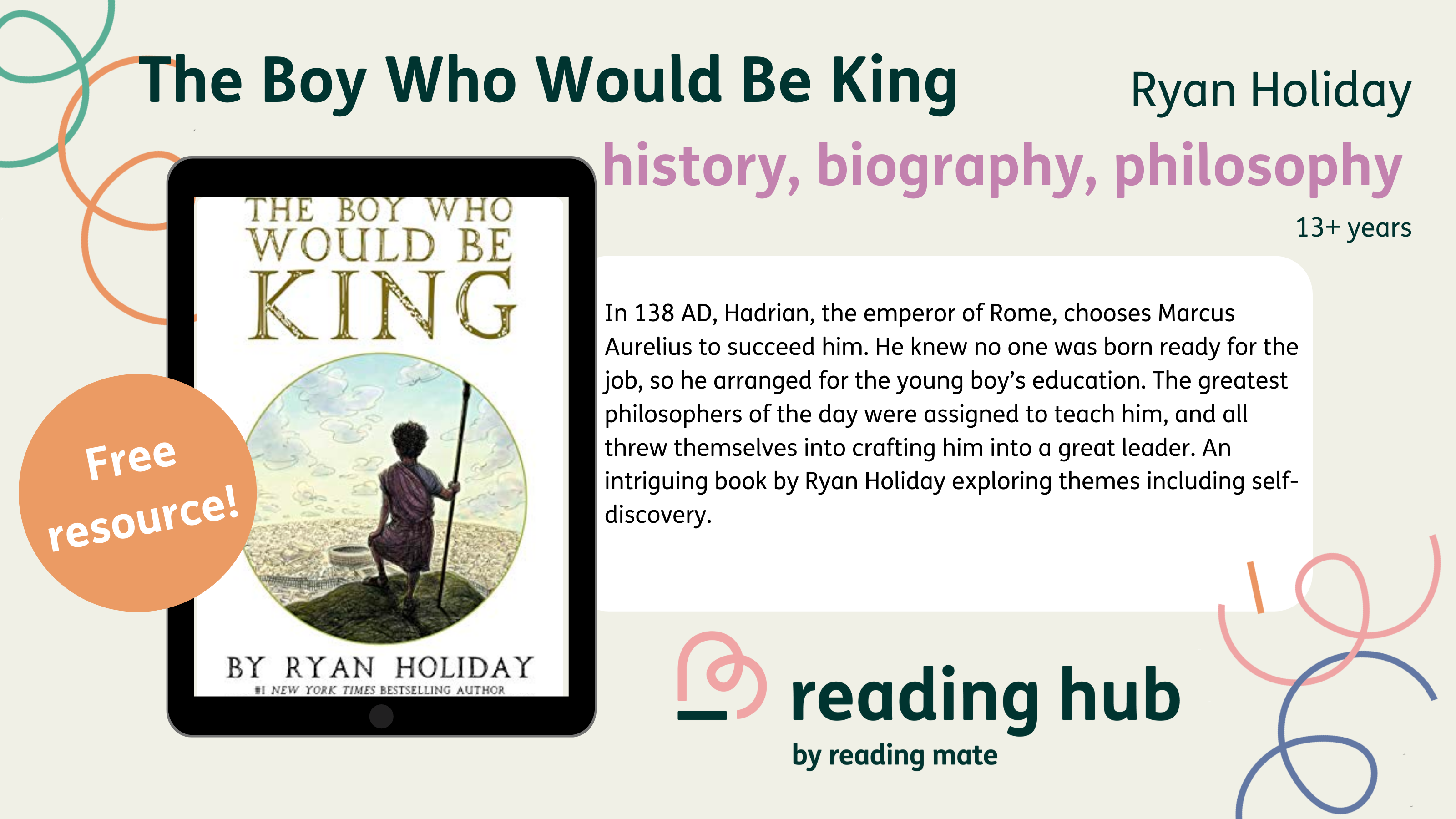Sitting fresh-faced and full of optimism about inspiring the minds of the future, I had high hopes to impart my own passion for books to my prospective learners.
During my PGCE year I collected a whole array of tools to deliver exciting lessons that brought books to life.
However, when I got my first post in a rural Suffolk school, my hopes were soon dashed. The catchment of this particular school was eclectic. Some learners were thirsty for discussions about the books they were reading, others had never even owned a single book. It soon dawned on me that they’re many children in this country that have never even been read to. So, the chances of me piquing their interest in ‘Private Peaceful’ wasn’t looking hopeful…

Six years of teaching in 3 different secondary schools left me feeling lost and deflated about how much of an impact my teacher influence would have in motivating my learners to love reading.
Learning became centered around British Values and the curriculum changed (again). It left me teaching lessons that (although rich and full of interesting concepts and ideas) were completely inaccessible and unrelatable to many of my students. Thus, making English lessons a chore for them and disheartening for me.
Looking for lesson ideas and resources to help in the classroom? Check out this series of activities for The Boy Who Would Be King by Ryan Holiday.

The volume of skills that students were required to learn was intense. The increasing demands and expectations of them, and me, left me emotionally and psychologically spent. I decided it was time for a change…
Does ‘reading’ look the same for all children?

In my sixth year a lot changed in my life which shifted my perspective on a lot of things (including teaching). My mum was diagnosed with an aggressive form of cancer and was being treated at a hospice near a reputable SEN school. We would take her for walks to the park opposite and she’d often remark about the school and say, ‘you’d be good there beaut’. When she passed away, I took a punt and applied. 4 years later and I’ve not looked back.
Moving from ‘mainstream’ to SEN felt terrifying. But it’s the best decision I’ve ever made. The students I teach have a wide range of sensory and physical needs. This means that very few can ‘read’ in the conventional way.
As a result, we turn books into sensory experiences, role plays, and outdoor adventures. I’ve come to realise that each and every student accesses stories in their own uniquely brilliant way. The effect remains the same. The joy, intrigue and calm it evokes is the same in every child I’ve ever taught.

For some of my students, reading is skimming for familiar objects on a page, using an eye-gaze to form sentences, tracing their fingers over a braille book or listening to an adult describe pictures on a page. Every single child is wonderfully different and there’s a story to suit them all.
Fortunately, we are given a lot more freedom and flexibility about what and how we ‘teach’. Lessons are altered to suit the needs of learners. This means that if one student is particularly uncomfortable or anxious, I can do something about that. Whereas the National Curriculum doesn’t necessarily have room for such adaptations.
I’m not ashamed to say that I’ve spent whole afternoons going on a bear hunt. Or mornings outside listening to familiar and unfamiliar sounds in our environment. Lessons have been carried out on bean bags under duvets because we had a very special tiger coming for tea.
For my students (and all students for that matter) the key to a successful story time is their happiness and comfort.
The reason most teachers venture into the profession is not that they’re desperate to teach the difference between phonemes and graphemes. It’s because they love kids and want to actually make a difference. Unfortunately, the conventional curriculum doesn’t allow for a huge amount of ‘difference’ which can really suck the joy out of reading.
Where do we go from here?

Teachers, children, and parents have done a brilliant job getting through the past 18 (or so) months. But there’s still work to be done. The gaps between children from more vulnerable families were already startlingly large before COVID (or BC as I coin it nowadays). Now those gaps are even bigger, and I believe with every fibre of my being that instilling a love of reading and ensuring every child has access to books is a clear route out of this.
Teaching a child to read is good but encouraging them to love it is even better.
The more you read the better you get; the better you get the more you read.’ – Jane Carter

